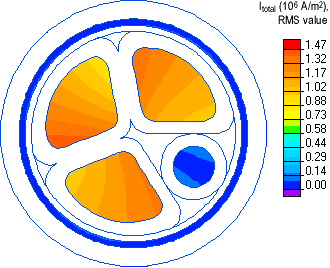

In addition, the network design software supports calculation of the short-circuit current, load flow, voltage drop and energy balance. Multiple steady-state computations and transient computations are allowed.The network design software SIMARIS design facilitates electrical network planning, including short-circuit current calculation, on the basis of real products with minimum input – for network calculation from the medium-voltage supply down to the socket outlet. For transients, inputs include the time period, pre-load temperature or current, and load temperature or current. For steady-state conditions, the load temperature or current is specified. The ampacities of the installation cables can be computed simultaneously for steady-state or transient conditions. The earth thermal resistivity and ambient temperature are entered into the program with the option of iterating between multiple values. The cable locations are changed through simple drag-and-drop.Īn external heat source (such as a steam line) can be placed in the installation and the steam temperature or the heat loss is specified. The inserted circuit can also be configured by specifying the type of transposition and sheath bonding (single-end, multiple-end, or cross-bonded). The user can then make a choice of adding the cable as a single-phase, three-phase, or multiple-cable-per-phase circuit.

Cables are inserted into the container ducts by double clicking the mouse over an empty duct and choosing a cable from a pre-defined cable library or by creating a new cable. The user may place multiple such containers. The user selects an empty installation (a cable-free “container”), such as a duct bank, backfill, or casing, and places it at a specified location below the earth’s surface.


 0 kommentar(er)
0 kommentar(er)
